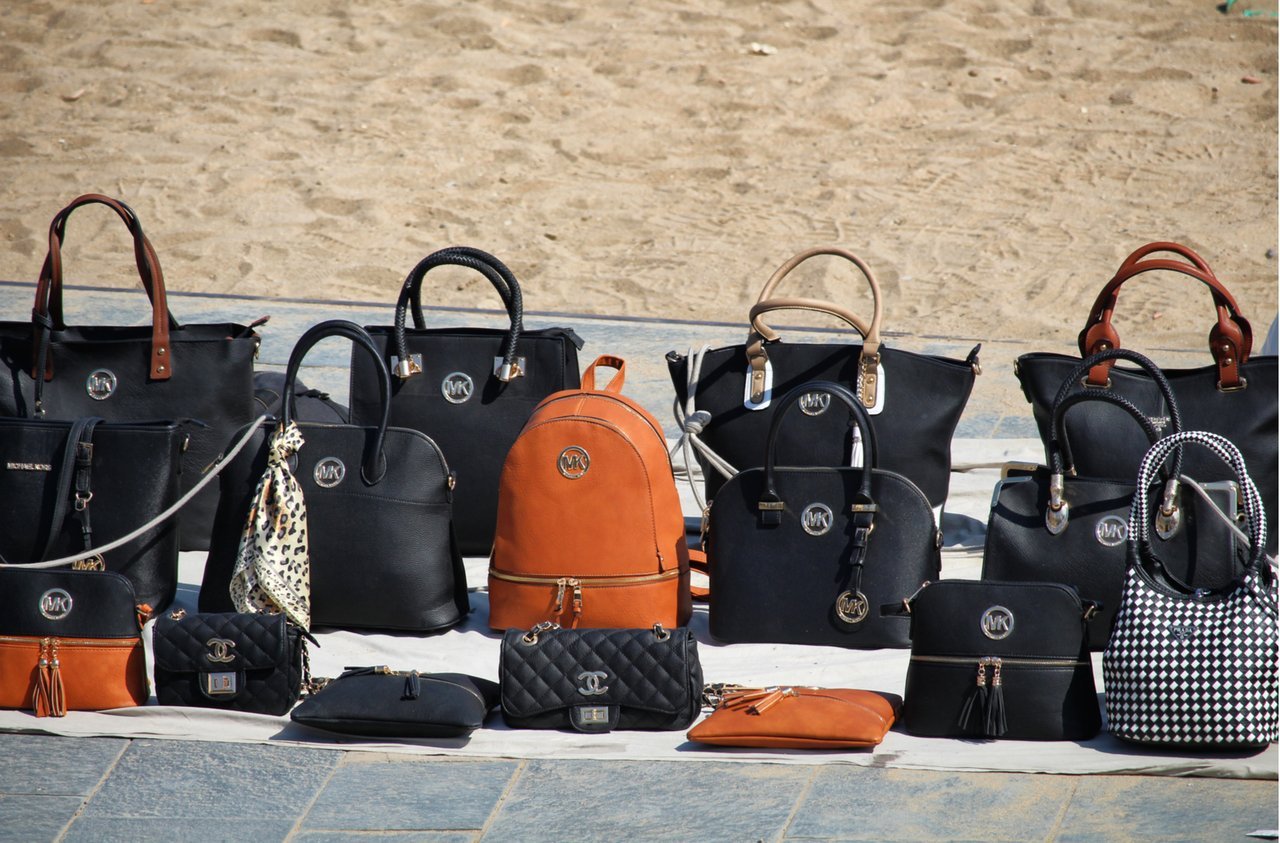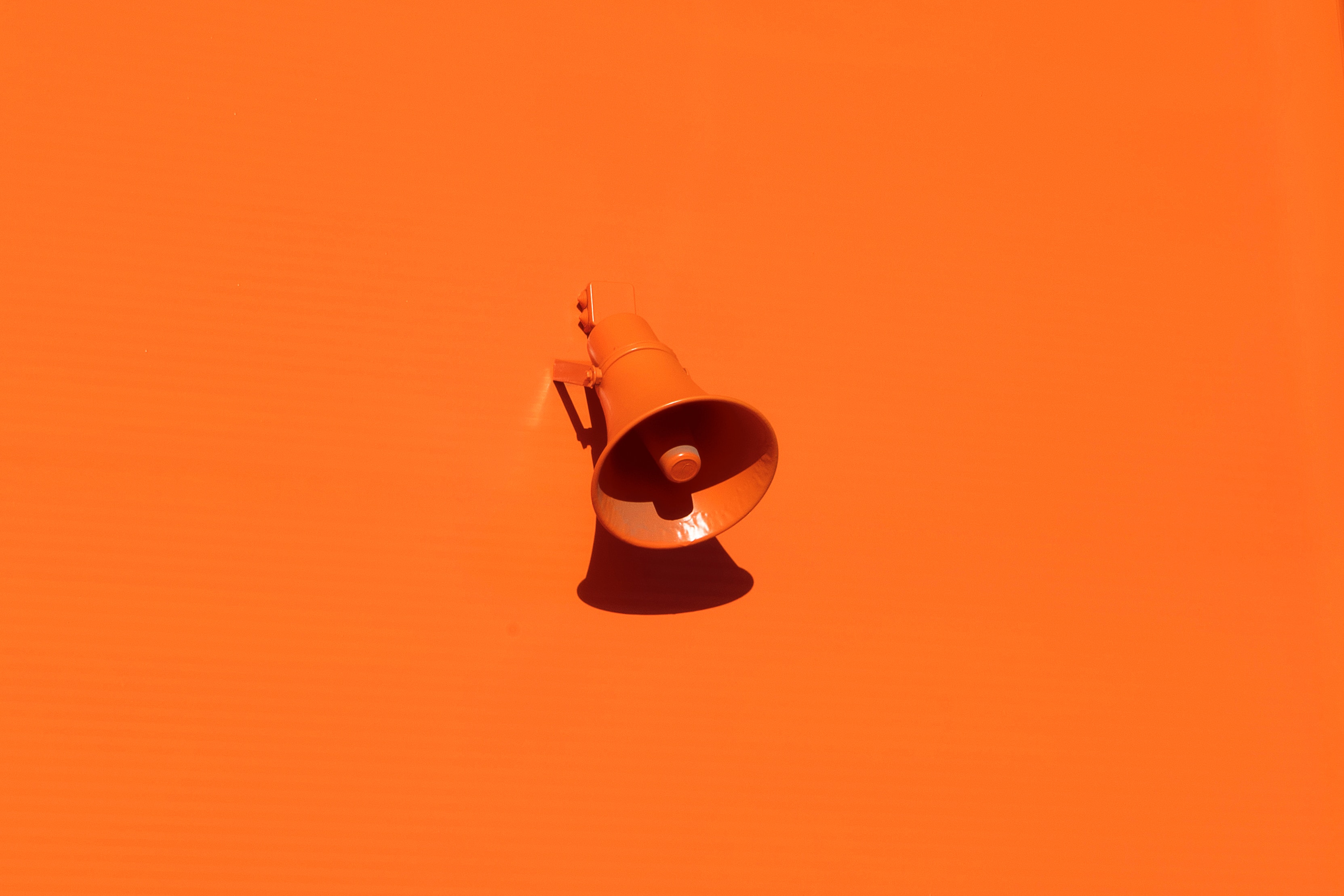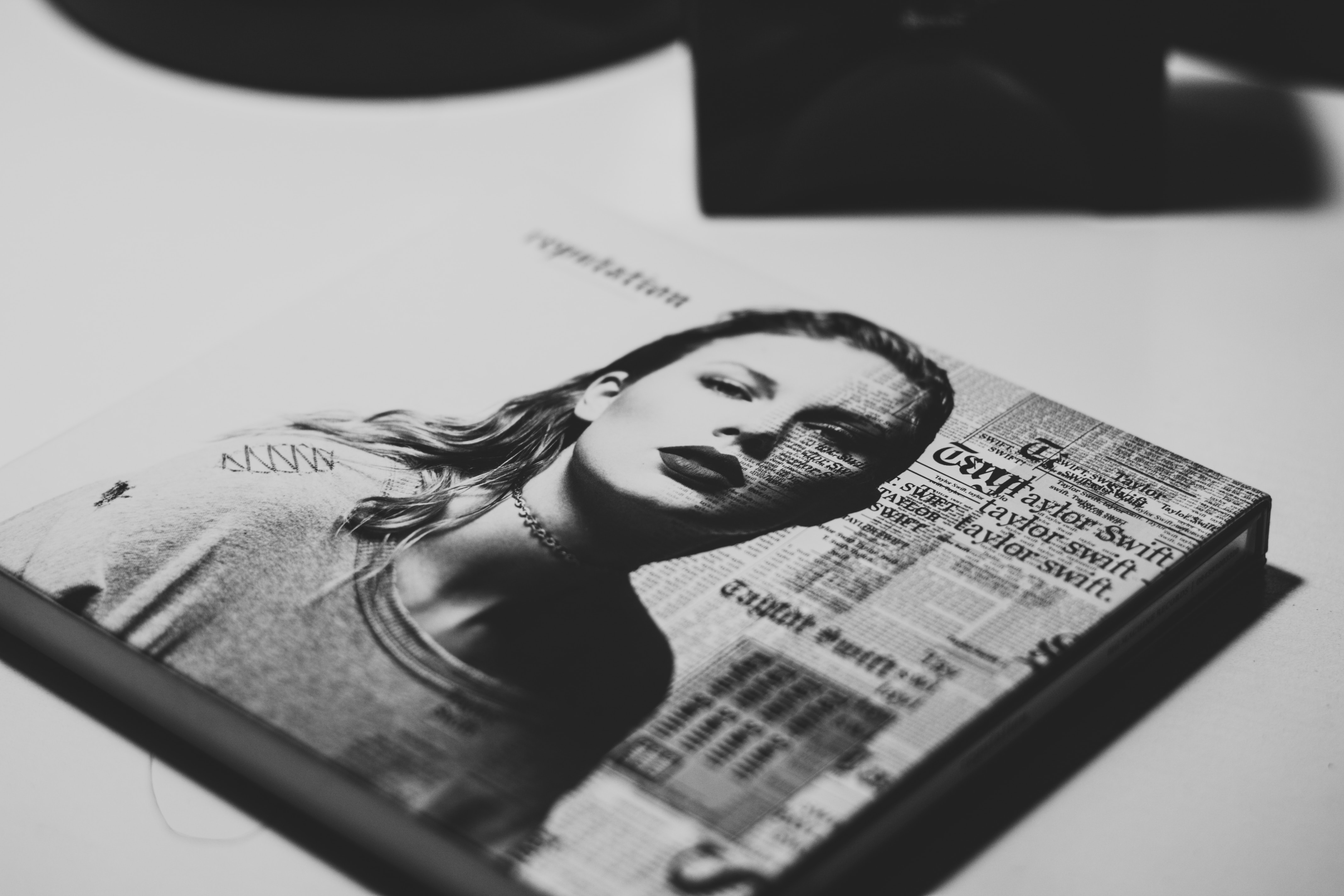Whether you’re a by-the-bootstraps startup or a multimillion-dollar corporation, you need to think about counterfeits. The counterfeit fashion industry alone garners around $1.2 trillion annually. That said, losing revenue isn’t the only thing brands need to worry about. Protecting yourself from copycats is also about protecting your brand’s reputation and maintaining a certain level of quality in the eyes of consumers—something counterfeiters often sacrifice in order to make a quick-and-easy buck.
We’ve already talked about the phenomenon of legal fakes, which see companies taking advantage of loopholes in order to reproduce their own versions of otherwise copyright-protected merchandise. But there are also more blatant counterfeiters that don’t even pretend to follow the law. With that in mind, here’s how some brands have responded to counterfeit goods—and how others should follow suit.
Supreme and Future Planning
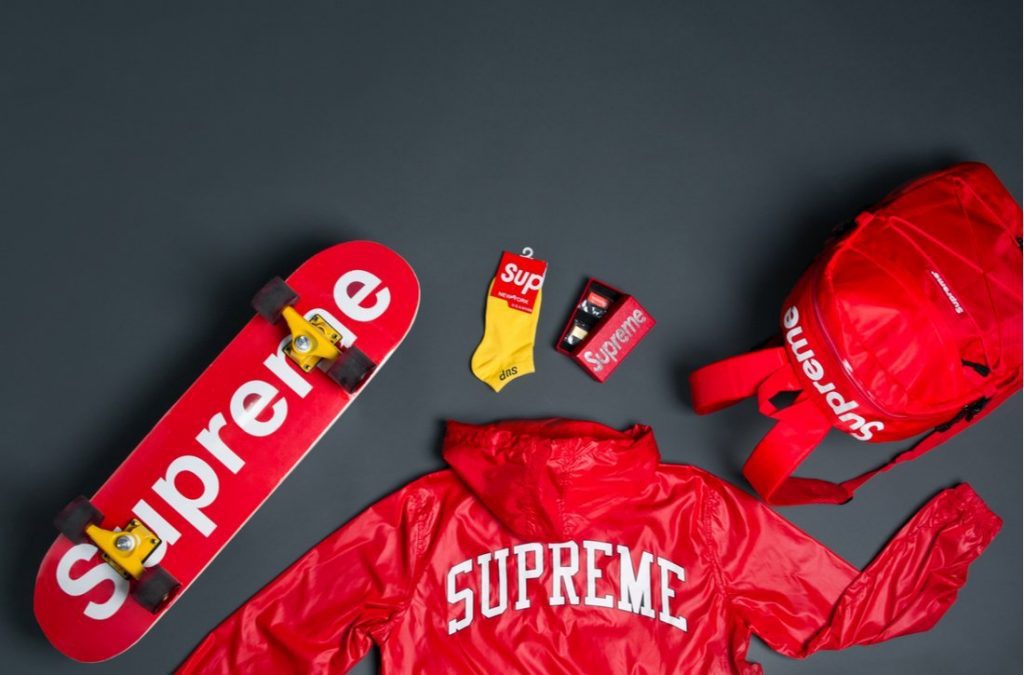
When you have an idea, form a company, design a logo or develop a brand, you should be thinking, “how likely is it that I will be able to claim and protect what’s mine worldwide?” (Hint: if you’ve been brainstorming simple, obvious, descriptive or common marks, you might want to rethink your strategy.) Defending against counterfeits can only be done if you have a solid claim on your intellectual property (IP) in the first place.
James Jebbia, founder of streetwear label Supreme, knew that trademarking such a generic word and simple logo would be an uphill battle. In one interview, he noted, “Supreme wasn’t even meant to be a brand. I was just like, ‘Hey, that’s a cool name for a store’”. Yikes. Even if there is a million-to-one chance that an idea will succeed, you should always treat IP like a valuable asset rather than a throwaway idea.
Supreme should have followed in Coachella’s footsteps; the music festival rigorously protects itself against knock-offs and unauthorized use of its name. Pick a trademark that you can protect and do so without fail.
Nike and Customer Awareness
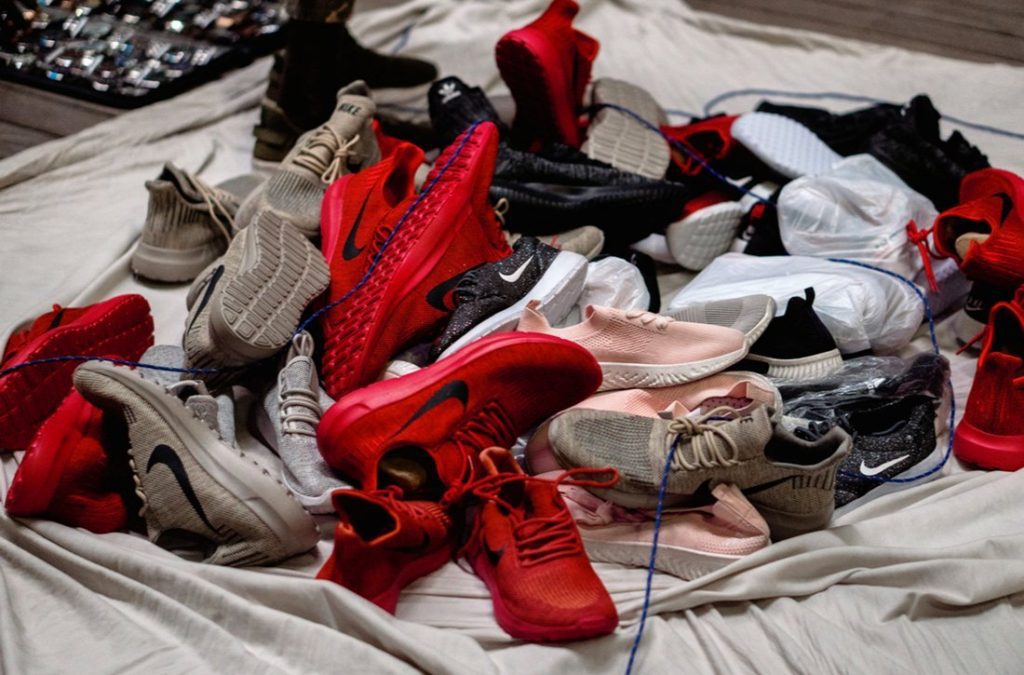
Counterfeiting sucks and most customers know that. No one wants to be duped into buying a phony product or caught carrying around a ripped-off logo. It’s a social faux pas—and it’s bad for brands that work hard to provide consumers with quality goods. But there are some things brands can be doing to keep their loyal customers in the know.
Chanel dedicates a portion of its website to fighting counterfeit goods, but not all fashion brands are this forward thinking. Nike, for example, is one of the most counterfeited brands and should consider following the same awareness tactics as the high-fashion powerhouse.
When you search for “Chanel counterfeit” online, the brand’s own .com comes up high on the search results list. Searching “Nike counterfeit”, however, will get you lost in myriad news sources about Nike being a regular victim of fakes and copycats. Nike should make a dedicated landing page, like Chanel, that directs consumers to its own site; they could even use it to share a message about the problem and propose possible solutions.
Apple and E-Commerce Action
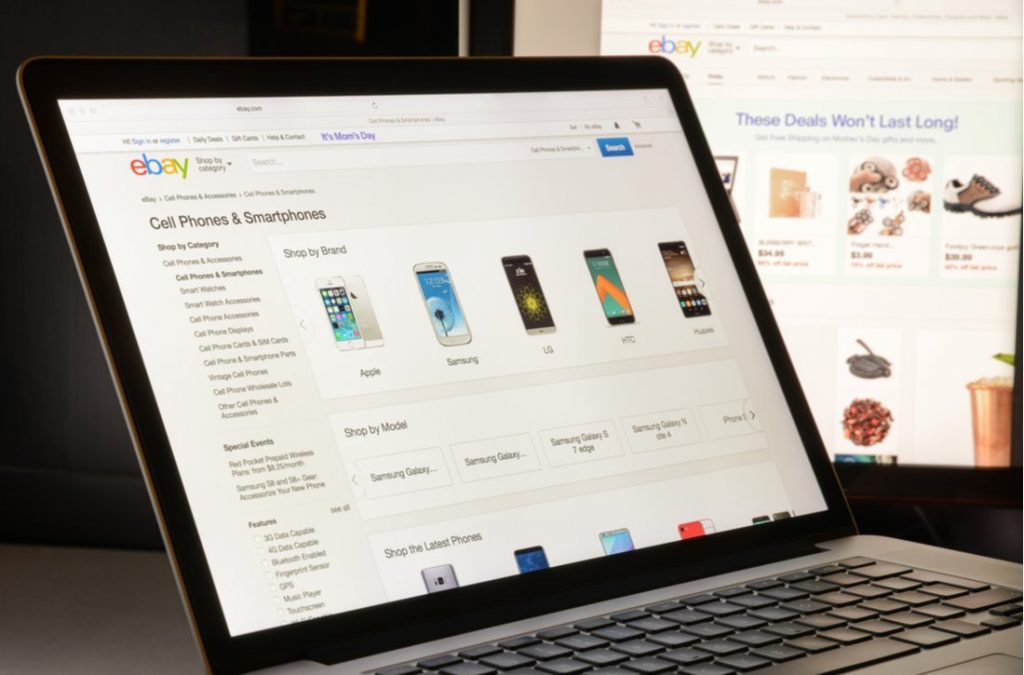
Needless to say, Amazon, Etsy and eBay are pretty lousy at keeping fake merchandise off their online shelves. Globally, counterfeit sales on e-commerce sites add up to $350 billion annually—and that means there’s little incentive for these brands to take appropriate action to protect their vendors.
Tech companies like Apple and other luxury electronics brands are especially at risk of online counterfeiting, and there are plenty of things they could be doing to protect themselves (and their customers). Setting up Google Alerts for your own products is one way to stay on top of what others are doing to promote fakes, but there’s also plenty of anti-counterfeiting software—like Counterfeit Technology, BrandShield or KnowEm—that can lend a hand.
Brands worried about online fakes can take inspiration from French luxury goods conglomerate LVMH, who worked with Microsoft and Consensys to create their own counterfeit-spotting software that customers can use.
The Takeaway
Losing money (and customers) sucks. It’s why brands today can benefit from building an empire with anti-counterfeit plans from the get go. Fakes and knock-offs will never be vanquished entirely, but with constant effort and an active—rather than passive—approach to IP defence, legal action, customer awareness and e-commerce savviness, brands can succeed.
Photo Credits: Shutterstock / Dino Geromella, Shutterstock / Alina Boldina, Shutterstock / Stefan Schooten, Shutterstock / Casimiro PT






